Be Prepared: The ULTIMATE list of things you need for a first aid kit at home

Emergencies happen. They're just a part of life. There's fires, tornadoes, flooding, terrorism, injuries, and so much more. One of the best ways to stay safe, or at least limit the damage is to have an emergency kit. This is more than a basic first aid kit, although you really need one of those as part of your emergency kit.
Here's a basic list of items to include in your emergency kit. Most of them are easy to find and don't cost too much, but remember that any of these items could save your life some day. In addition to the basic items, consider what other items your family might need in an emergency, such as supplies for pets, babies, disabilities, or seniors, etc.
After disaster strikes, you may need to survive on your own for a few days. The best way to prepare for this is to have food, water, and supplies to get you through at least three days or 72 hours.
The best way to store your kit items is to put your items in airtight, waterproof plastic bags. Then, put these bags into something easy to grab and go like a plastic storage bin, duffle bag, or weather resistant backpack.
A basic emergency supply kit applicable to everyone should include the following:
- One gallon of water per person per day for at least three days, for drinking, hygiene, and sanitation.
- Three or more days of non-perishable food such as peanut butter, canned food, nutrition bars, or freeze dried entrees.
- Battery-powered or hand crank radio and a NOAA Weather Radio with tone alert. Have extra batteries.
- Flashlight and extra batteries. One for each person.
- First aid kit that has enough supplies for everyone in your family.
- A good set of Tweezers
- Basic medications such as pain reliever, various stomach aids, and vitamin C
- Whistle or alarm and some sort of flare.
- Dust mask to help filter contaminated air
- Several pairs of non latex gloves and safety goggles
- Plastic sheeting and duct tape to shelter-in-place
- Moist towelettes, garbage bags and plastic ties for personal sanitation and hygiene
- Basic tool kit including a wrench and pliers (to turn off utilities)
- Manual can opener for food
- Local maps
- Cell phone with chargers and a powerbank or extra battery.
Additional Emergency Supplies
Depending on your family's needs, you may need to add these to your list.
- Prescription medications (enough for at least 3 days)
- Glasses and contact lens solution (if you have an extra pair of glasses, just leave them in your kit so you don't have to worry about remembering them)
- Infant formula, bottles, diapers, wipes, diaper rash cream
- Baby toys, food, snacks, carrier, etc.
- Pet food, treats, and extra water for your pet. (They have full kits for small dogs, cats, and large dogs
- Leash and collar for your pet.
- Cash or traveler's checks
- Important family documents such as copies of insurance policies, identification and bank account records saved electronically or in a waterproof, portable container
- Sleeping bag, thermal blanket, or warm blanket for each person. You may want to even consider a two person tent.
- Complete change of clothing, both warm and cold weather.
- Jacket/windbreaker, hat, gloves, scarf
- Sturdy shoes
- Household chlorine bleach and medicine dropper to disinfect water
- Fire extinguisher, fire blanket
- Matches in a waterproof container
- Feminine supplies and personal hygiene items such as deodorant, soap (camping soap is great!), dry shampoo, etc.
- Mess kits, paper cups, plates, paper towels and plastic utensils, stored in an airtight, waterproof container (camping sets are good too). Emergency Stove
- Paper and pencil/pens
- Books, games, puzzles, toys for kids.
- A few favorite snacks
- First aid supplies that go beyond the basic kit like a tourniquet, Super Glue, Israeli Bandage, splints, CPR aids, sling, Wound Closure bandages, Iodine, Antiseptic, Trauma Dressings, Moleskins, WoundSeal powder, Chest Seal, Burn Salve, Extra Heavy Gauze, Triangle Bandages, a really good pair of EMT shears, ammonia inhalant, etc.
Maintaining Your Kit
Don't forget to take care of your kit:
- Keep canned food in a cool, dry place
- Store boxed food in tightly closed plastic or metal containers, or don't have any boxed goods at all
- Replace expired items as needed
- Re-think your needs every year and update your kit as your family’s needs change. This includes updating clothing sizes, checking expiration dates on food and medications, updating prescriptions or OTC medications, adding/removing baby needs or pet needs.
Kit Storage Locations
Since emergencies can happen anywhere, anytime, prepare supplies for home, work and your car.
Home: Keep this kit in a designated place and have it ready in case you have to leave your home quickly. Make sure all family members know where the kit is kept. We keep ours in our tornado shelter room so it's easy to get if we need it, but also it's safe in our safe room if we need to take shelter.
Work: Be prepared to shelter at work for at least 24 hours. Your work kit should include food, water and other necessities like medicines, as well as comfortable walking shoes, stored in a “grab and go” case.
Vehicle: In case you are stranded, keep a kit of emergency supplies in your car. Make sure to have a first aid kit, blanket, clothes, water, etc.




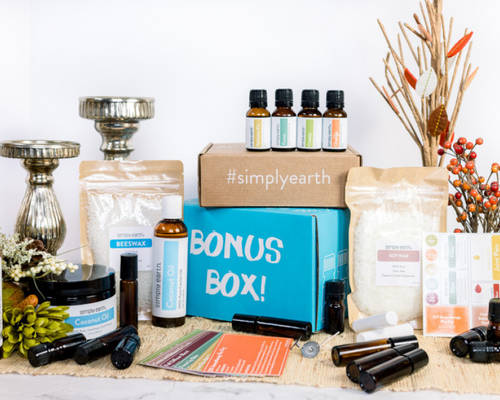
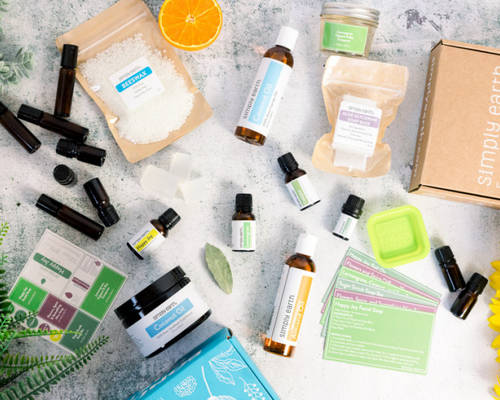
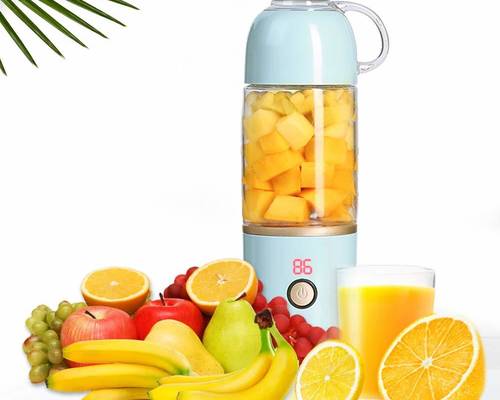


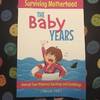
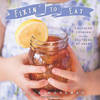
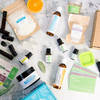
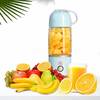
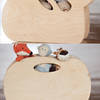
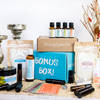




Comments